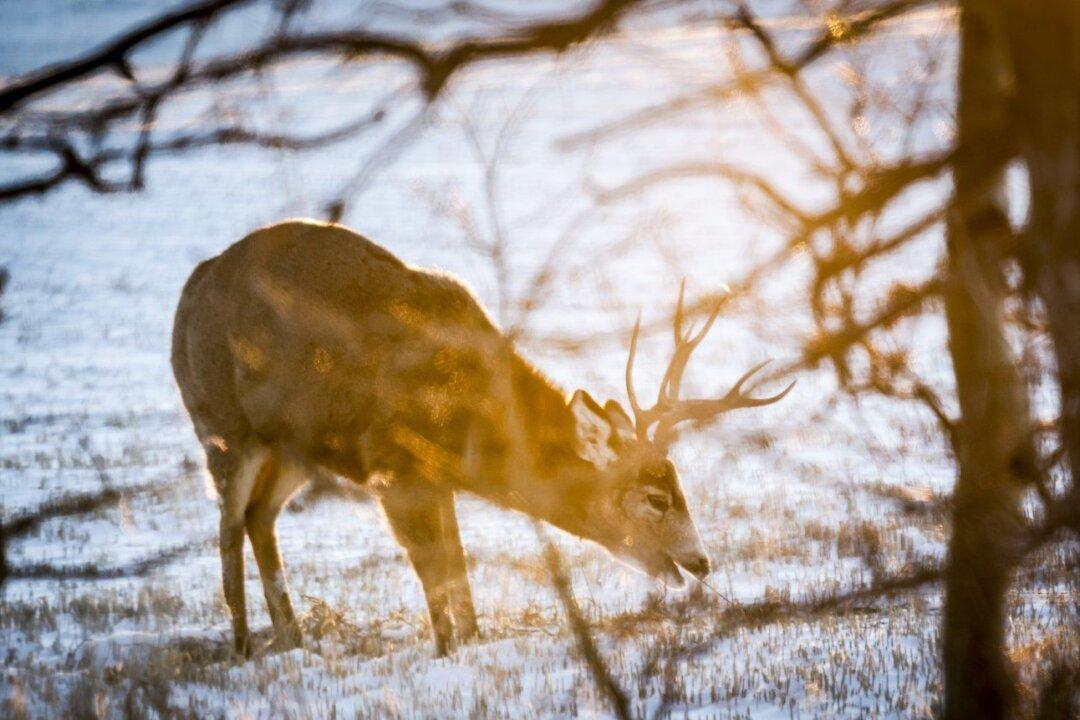Researchers say a deadly disease starts out slow but has the potential to devastate British Columbia’s deer population over time, after the discovery of the first cases in the province.
The concerns come after the B.C. government confirmed two cases of chronic wasting disease found in animals south of Cranbrook in the Kootenay region.





